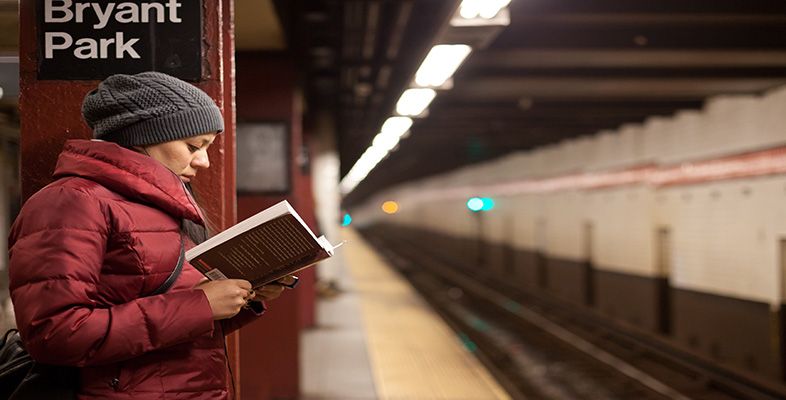6 Conclusion
This case study of the reading and reception of Robinson Crusoe has focussed on children. We have seen that Defoe’s novel was immensely popular with young readers, and we’ve begun to explore some of the ways in which it apparently influenced them. It is worth remembering, however, that the book was originally written by Defoe as a book for adults, not for children. The complicated processes by which it gradually came to be regarded as a book for children and not for adults and the wider implications of this shift would themselves be worth studying.
A key moment in its critical reception was its inclusion by Rousseau in his famous educational treatise, Émile (1762) as the one book that was to be compulsory reading for the young Émile. This seems to have encouraged the notion that Robinson Crusoe was, above all, a book for children. By 1868 we find Sir Leslie Stephen, in a essay on Defoe published in the Cornhill Magazine, remarking rather condescendingly that ‘Robinson Crusoe is a book for boys rather than men . . . for the kitchen rather than for higher circles’, though adding that ‘for people who are not too proud to take a rather low order of amusement’ it will ‘always be one of the most charming of books’.
Martin Green, in his book Dreams of Adventure, Deeds of Empire (1980), has pointed out that relegation to children, which may seem like a relegation to the periphery of literature, may in fact be a shift ‘to something like the centre of culture; for the books that shape ourselves as a nation or as a class are surely the books we read as children’. The vast cultural influence of Robinson Crusoe was noted by a number of commentators in the nineteenth century. George Borrow, for example, writing in 1851, regarded it as ‘a book which has exerted over the minds of Englishmen an influence certainly greater than any other of modern times…a book, moreover, to which, from the hardy deeds which it narrates, and the spirit of strange and romantic enterprise which it tends to awaken, England owes many of her astonishing discoveries both by sea and land, and no inconsiderable part of her naval glory’. As a boy of six, Borrow said, he had been inspired to teach himself to read because he was so fascinated by the illustrations in a copy of Robinson Crusoe that he could not rest until he was able to satisfy his ‘raging curiosity with respect to the contents of the volume’.
What conclusions might we tentatively draw from this little study of male and female child readers of Robinson Crusoe? One conclusion is that evidence from UK RED seems to suggest a possible gender divide in the reception by children of this famous novel, with girls and boys taking different things from it. For girls, the attraction of the story seems to have lain in its connections with their own lives. This is a point made by Jane Gardam in her novel Crusoe’s Daughter (1985), where her lonely young heroine identifies passionately with Crusoe, seeing in his life as a castaway a resemblance to her own situation and finding his story a source of consolation. For boys, on the other hand, Defoe’s novel fired their imaginations with thoughts of travel and adventure. Might this gender divide be a feature of the ‘adventure’ genre in general? You might like to do some further work on the evidence in UK RED, tracing the reception history of other novels to see whether they exhibit a similar divide.
If you come across evidence of reading from the past that is not yet in UK RED, please do contribute your research to the project: your evidence is vital to our understanding of reading in the past. You can find information on contributing to the project, and our simple online contribution form, here [Tip: hold Ctrl and click a link to open it in a new tab. (Hide tip)] .
